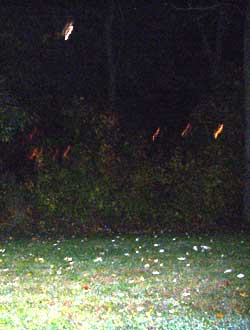Here’s something most TV shows won’t tell you:
You don’t need ANY ghost hunting equipment.
First, make sure this will be a long-term interest, hobby, or profession.
With experience…
- You’ll know what kind of ghost hunting you enjoy.
- You’ll know how much you’re willing to budget for equipment (if any).
- You’ll have seen others’ equipment, and know what works best where you investigate.
But, whether you’re a beginner or a pro, never invest more money than you can afford to lose.
Expensive Mistakes with Ghost Hunting Equipment
 Expensive ghost hunting tools come with risks.
Expensive ghost hunting tools come with risks.
For example:
– People drop things when they’re startled. In the dark, you might not find what you dropped.
(The problem becomes worse if you drop what you’re carrying, and run away in terror.)
– If you drop a sensitive $5k camera or a $2k heat-sensing device, it can break the same as a $40 camera or a $15 digital thermometer.
If you didn’t buy a replacement warranty, or it doesn’t cover that kind of accident, you may have wasted thousands of dollars.
– Electronic equipment can fail in extremely haunted settings. In fact, unexplained equipment failure can indicate intense paranormal activity.
I think EMF spikes are to blame. Most electrical devices will glitch or fail when exposed to intense magnetic energy. That’s reasonable, unless it’s remarkably well shielded.
If your expensive camera or other device won’t work when you’re ghost hunting, you’ve wasted your money. Worse, it can be difficult to return that equipment if it shows any wear, or if you can’t demonstrate how it fails.
Here’s one of my videos about ghost hunting equipment failing at haunted sites.
Instead, focus on just one aspect of ghost hunting.
For example, if you like ghost photography, invest in photographic equipment.
As a New Ghost Hunter on a Budget…
If I were starting fresh, today, I’d probably spend $100 or less. Maybe far less.
– I’d use the camera in my phone. It’s good enough. I wouldn’t bother with a fancy ($$) after-market lens attachment, either.
For many investigations, that’s all you need.
– I’d use the voice recorder on my phone, or buy an inexpensive one at an office supply store or warehouse. (Make sure the microphone is omni-directional, so it picks up sounds all around you, not just in one direction.)
– I’d buy an inexpensive flashlight with a metal case. I’d make sure the light bulb housing unscrews easily. Then, for fun, I could test yes/no responses when the housing is loosened. (Do I take that seriously? Of course not. There are too many normal – and some odd – explanations, so even correct yes/no answers might not be ghostly.)
– I’d carry good surgical-type masks that protect me from toxins, bacteria, and viruses around me. (This was my recommendation long before Covid. Remember, some ghost hunters have died from exposure to toxic fumes, diseases in rat droppings, etc.)
Since Covid, you’ll find lots of good options. For ghost hunting, I like disposable masks, but be certain they’re actually good. (Many free masks at doctors’ offices are designed to contain germs inside the mask… not keep bad things out. Make sure your mask actually protects you.)
– I’d also add a small, inexpensive first aid kit.
– I’d put all of that in a backpack with several pockets or dividers (to find things in complete darkness).
My own backpack is the basic Amazon one. My cameras, Ovilus, etc., go in the big pocket. Maps, pen & a notebook, small first aid kit, etc., in the next largest. Spare batteries in the outside pocket. And so on.
Don’t spread yourself too thin, in terms of learning or financial investment. Set a firm spending limit and do not exceed that.
It’s easy to get carried away. Keep your ghost hunting expenses low.
Above all, don’t let ghost hunting jeopardize other aspects of your personal, professional, or family life.
When you’re a beginner, see how well you enjoy ghost hunting, before you spend much money.
You’re likely to decide that you don’t need the ghost hunting equipment you’ve seen on TV. In fact, the experience… the ambience, might be what you really seek.

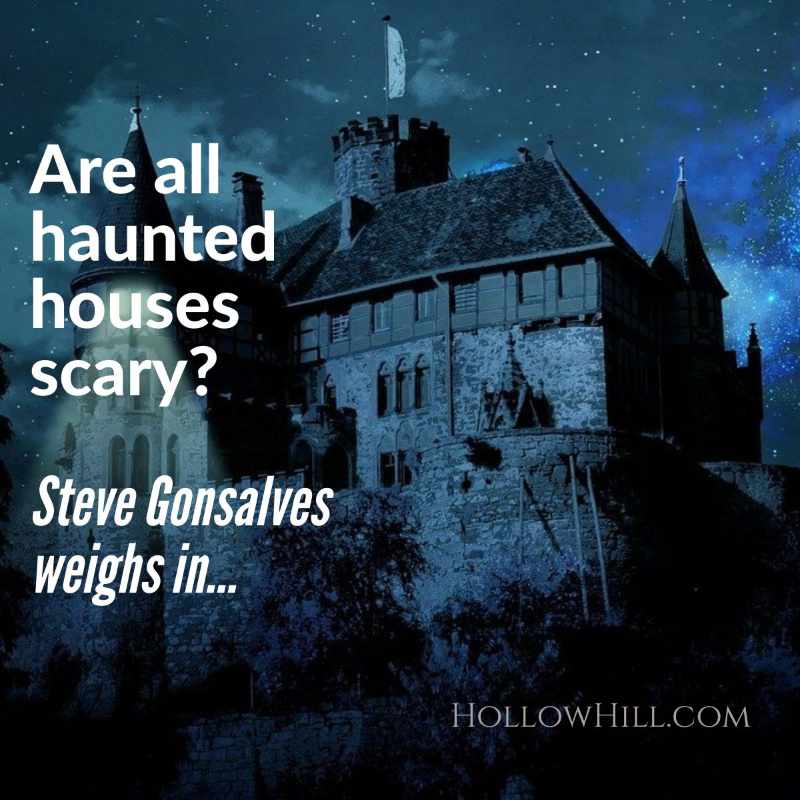

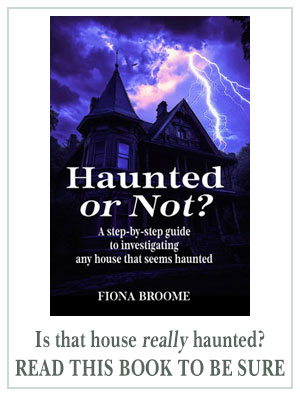

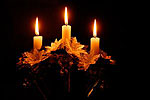 In fact, several haunted homes report increased activity on the anniversary of a previous resident’s birthday. People hear children singing or playing. Some detect the odor of birthday candles. Chairs might be tipped over, lights turned on and off, and other childlike mischief occurs.
In fact, several haunted homes report increased activity on the anniversary of a previous resident’s birthday. People hear children singing or playing. Some detect the odor of birthday candles. Chairs might be tipped over, lights turned on and off, and other childlike mischief occurs.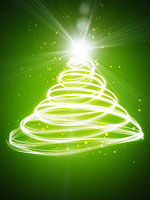
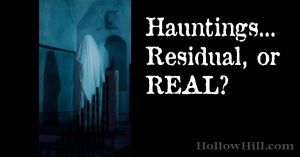

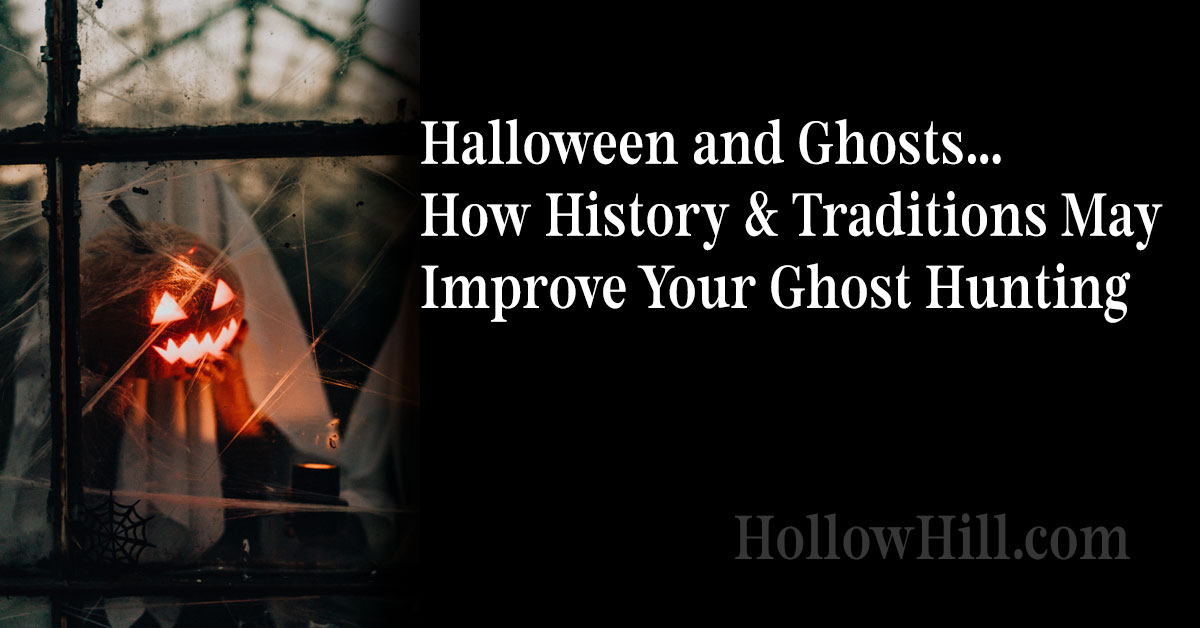
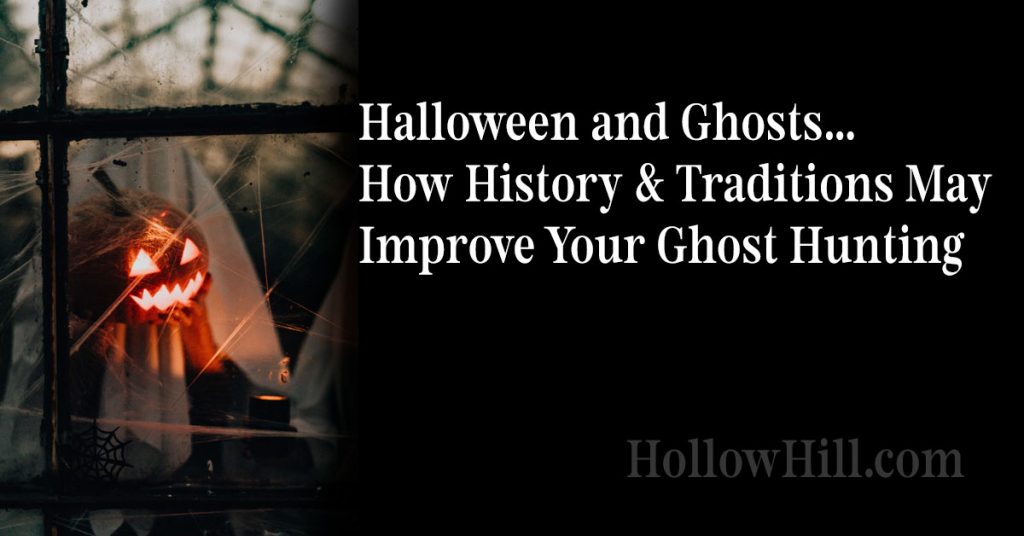

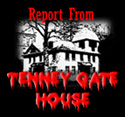 Greycourt Castle (or Grey Court Castle) is haunted. VERY haunted.
Greycourt Castle (or Grey Court Castle) is haunted. VERY haunted.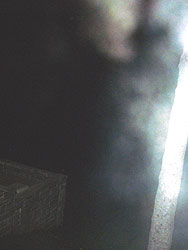
 However, I kept noticing moving shadows on the columns as I stood and took pictures. The shadows were very crisp and well-defined. It was as if someone was immediately behind me.
However, I kept noticing moving shadows on the columns as I stood and took pictures. The shadows were very crisp and well-defined. It was as if someone was immediately behind me.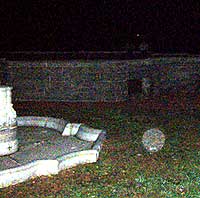 Nearby, the area around the fountain seems very active, but with happier energy. Generally, I connect this with the “flower child” energy that may have resonated with earlier, Spiritualist activities at the site.
Nearby, the area around the fountain seems very active, but with happier energy. Generally, I connect this with the “flower child” energy that may have resonated with earlier, Spiritualist activities at the site. On the walk back from the ruins, I was – as usual – intrigued by the Searles’ property and stone buildings. That location also contains very powerful, paranormal energy. That’s the only way I can describe it; it doesn’t feel like anything that’s from this world.
On the walk back from the ruins, I was – as usual – intrigued by the Searles’ property and stone buildings. That location also contains very powerful, paranormal energy. That’s the only way I can describe it; it doesn’t feel like anything that’s from this world.